What is Zucchini?
Within the Cucurbita family, the zucchini is also related to cucumbers, watermelon, cantaloupe, pumpkins, and the majority of the winter squash family.
Most laypersons would classify zucchini as a vegetable; however, it is actually a fruit of the plant as it develops from its flowers (see image below).
Zucchini is mildly sweet with fruity and vegetable notes. It is picked young from the plant when the seeds and flesh are soft and underdeveloped while the skin thin. Mature zucchini can be eaten when prepared properly as the skin is tough and thick, it is bitter in flavor, its seeds fully developed with its shell covering, and meaty flesh.
Zucchini can be spiralized, shredded, sliced, stuffed, grilled, sauteed, fried. The posibilities are endless!
Nutritional Benefits
Zucchini contains three types of Vitamin A – lutein, zeaxanthin and beta-carotene. All of these nutrients are vital for eye health, especially for the reduction in risks of age-related visual disorders. In addition, these types of Vitamin A also acts as antioxidants inflammation and risks of certain cancers.
Zucchini contains two fibers – soluble and insoluble. Soluble fiber acts as a food source for your gut bacteria to create short-chain fatty acids which are important for skin health and absorbing certain nutrients. In addition, short-chain fatty acids help reduce inflammation and risks or certain gut disorders. Insoluble fiber provides bulk and supports gut regularity.
Baked Parmesan Zucchini
https://damndelicious.net/2014/06/21/baked-parmesan-zucchini/
– 4 zucchini, quartered lengthwise
– 1/2 cup freshly grated Parmesan
– 1/2 teaspoon dried thyme
– 1/2 teaspoon dried oregano
– 1/2 teaspoon dried basil
– 1/4 teaspoon garlic powder
– Kosher salt and freshly ground black pepper, to taste
– 2 tablespoons olive oil
– 2 tablespoon chopped fresh parsley leaves
1. Preheat oven to 350 degrees F. Coat a cooling rack with nonstick spray and place on a baking sheet; set aside.
2. In a small bowl, combine Parmesan, thyme, oregano, basil, garlic powder, salt and pepper, to taste.
3. Place zucchini onto prepared baking sheet. Drizzle with olive oil and sprinkle with Parmesan mixture. Place into oven and bake until tender, about 15 minutes. Then broil for 2-3 minutes, or until crisp and golden brown.
4. Serve immediately, garnished with parsley, if desired.









